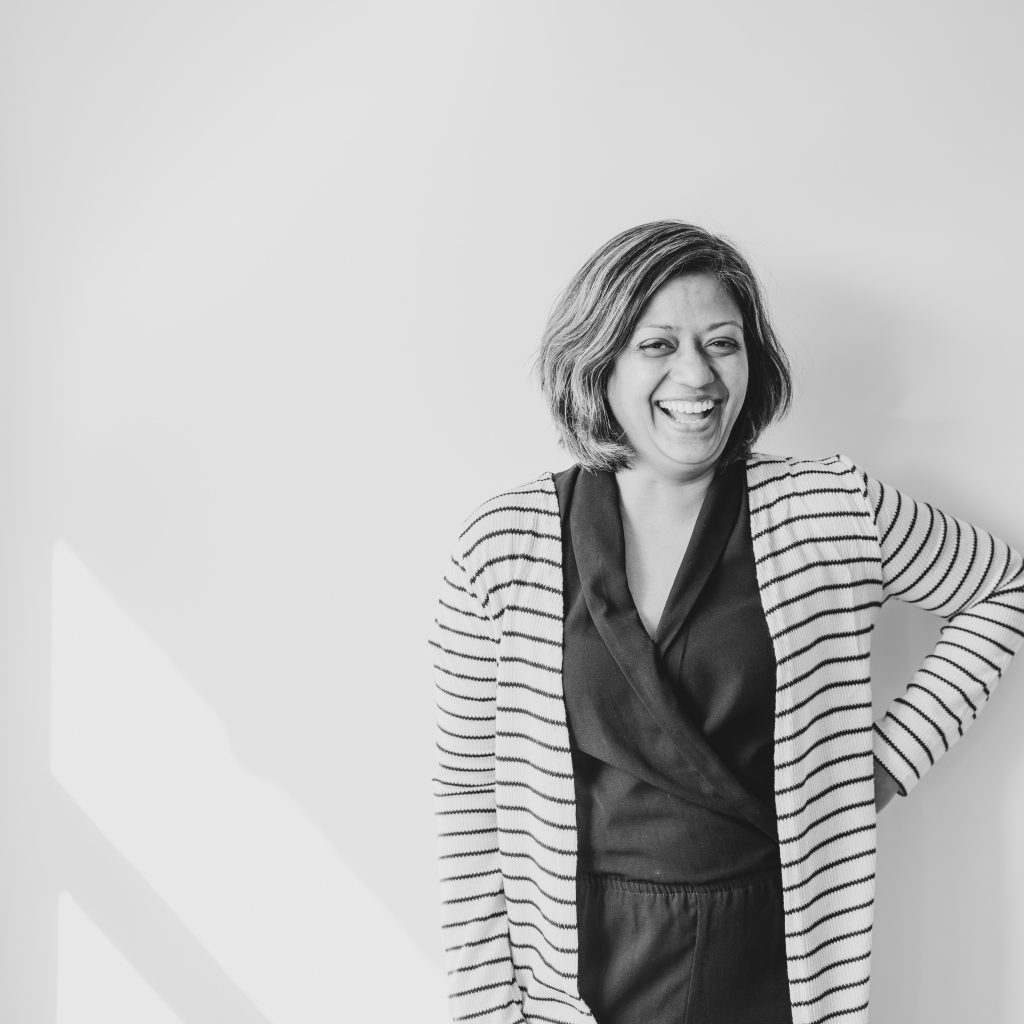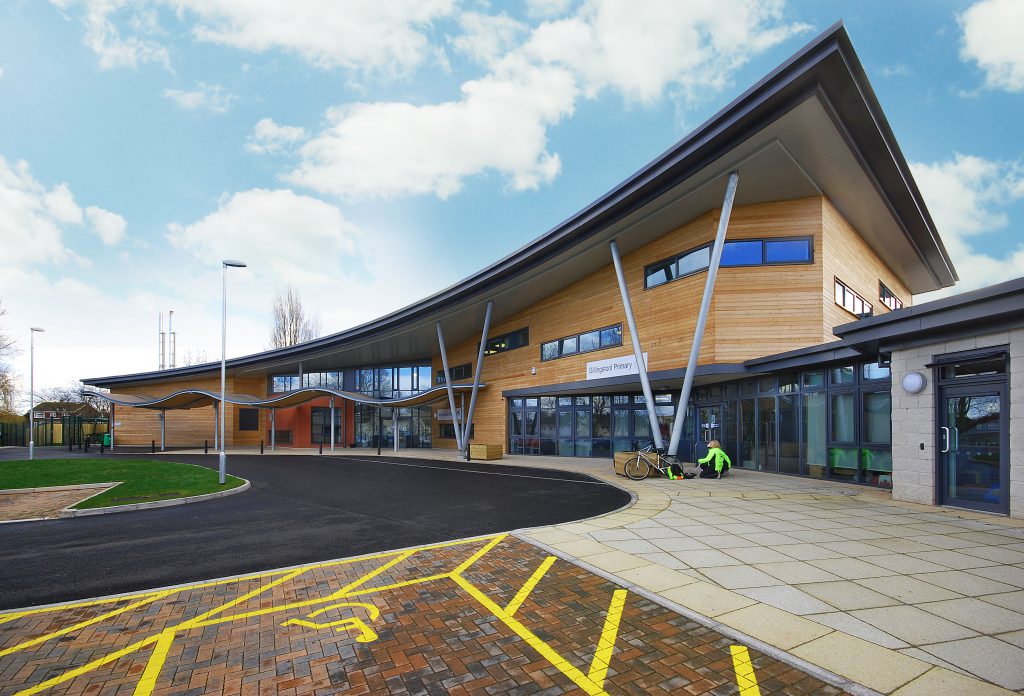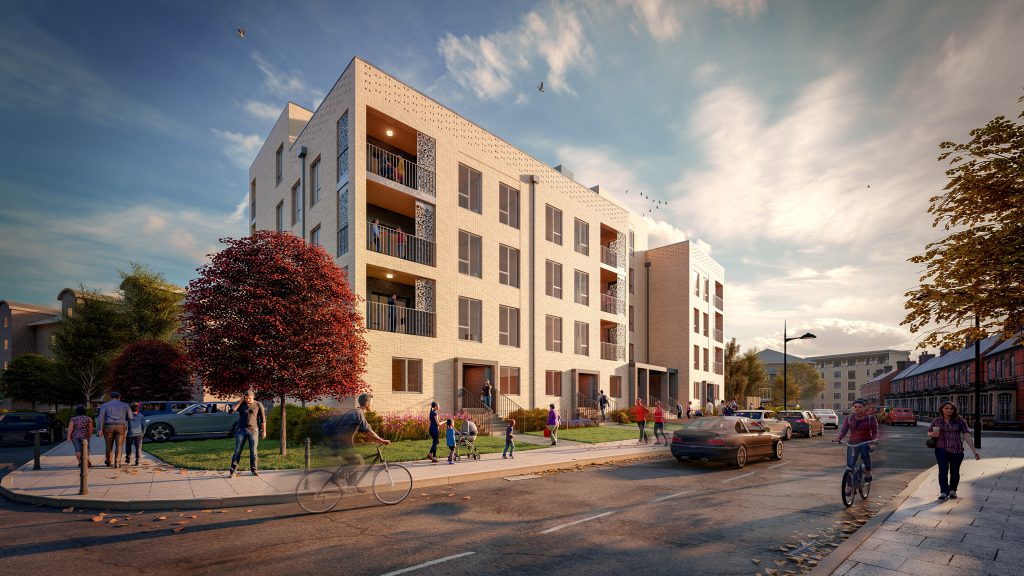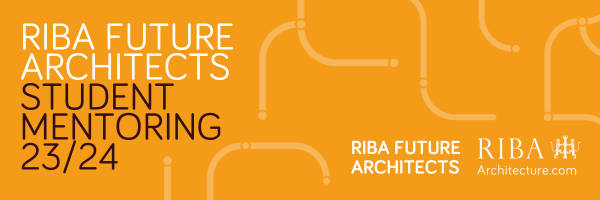In a new series of blogs titled ‘In Depth with a Director’, we interview our directors and find out more about how they started their career and where they see the future of our industry.
Next in the series is Architect Director Mangala Ratnayake.
When did you know you wanted to be an Architect?
Becoming an architect was not something I had in mind. But as far back as I can remember I have been interested in Architecture and buildings. That interest, backed by some strong encouragement by my mother, made me study architecture in 2001.
What did you do before becoming an Architect?
I grew up in Sri Lanka. It is an amazing place to live your life to the fullest with a rich and diverse culture and heritage. Sports and extra-curricular activities have always taken up most of my time during school and university.
Soon after I finished school and before university, I worked in a bank for a while. But it soon became apparent that banking was not the career I wanted to pursue.
When did you first start at Noviun and what role did you have?
I joined Noviun in 2008 soon after I completed my Part II at University of Brighton.
What was your first project you had a design lead on?
New Siblands Secondary School in Gloucestershire was my first project and I think that project has taught me a lot. Seeing lovely reactions of severely disabled pupils who were the end-users of the school made me realise how spaces with great qualities could make a difference to someone’s life.
What would you say has been your biggest lesson learnt since becoming qualified?
Good communication is key to success of any project and relationships with our clients. Good communication skills breed trust, reduce perceived risk, and boost repeat business.
How has your role at Noviun developed over the years?
My role through Noviun developed steadily and smoothly. I progressed through my career with great support from my peers and mentoring from my fellow directors. Level of my involvement and complexities of projects grew as I progressed through the practice. Currently, I am taking a lead role in developing our residential sector.
What would you say are key drivers for good architectural design?
A greater understanding of the client’s vision merged with a firm understanding of the site, environmental conditions and its constraints delivers a solution that sits in harmony with the context. Such solution can only be created with a mutual understanding and collaborative working between the parties involved.
What are the biggest challenges in your opinion facing the industry at the moment?
Maintaining high design quality whilst meeting increasing number of standards with limited budgets and reduced programme is going to be the biggest challenge facing the industry. Noviun have an excellent track record of meeting all the above with clever use of technology combined with innovative designs and research. We believe that our investments in technology and people, will enable us to meet these in the future following COVID-19, Brexit and Post Grenfell changes.
Where do you see the industry in 5 years time?
I think the industry will be predominantly driven by sustainability.
From the Passivhaus standard to carbon negative cities to a greater use of sustainable materials, there will be an increased focus on the wider impact building design has on society and the environment. With a growing population and climate change, sustainable design is one of the most important challenges faced by future architecture firms.
As architects we will need to do more research into materials and innovative design solutions that are cost effective.
Of course, we can’t talk about future architecture without mentioning technology and the advent of virtual reality and 3D design. Technology will advance even further, accelerating the collaborative process and improving client interaction.
Whilst the role of the architect may change, responsibilities may expand, and technology may play a greater role in the way in which work is carried out and produced, the fundamental responsibility of the architect will remain the same.
Thank you to Mangala for taking the time to answer our questions and check back soon to read more In Depth with a Director blogs about our other Directors at the practice.







